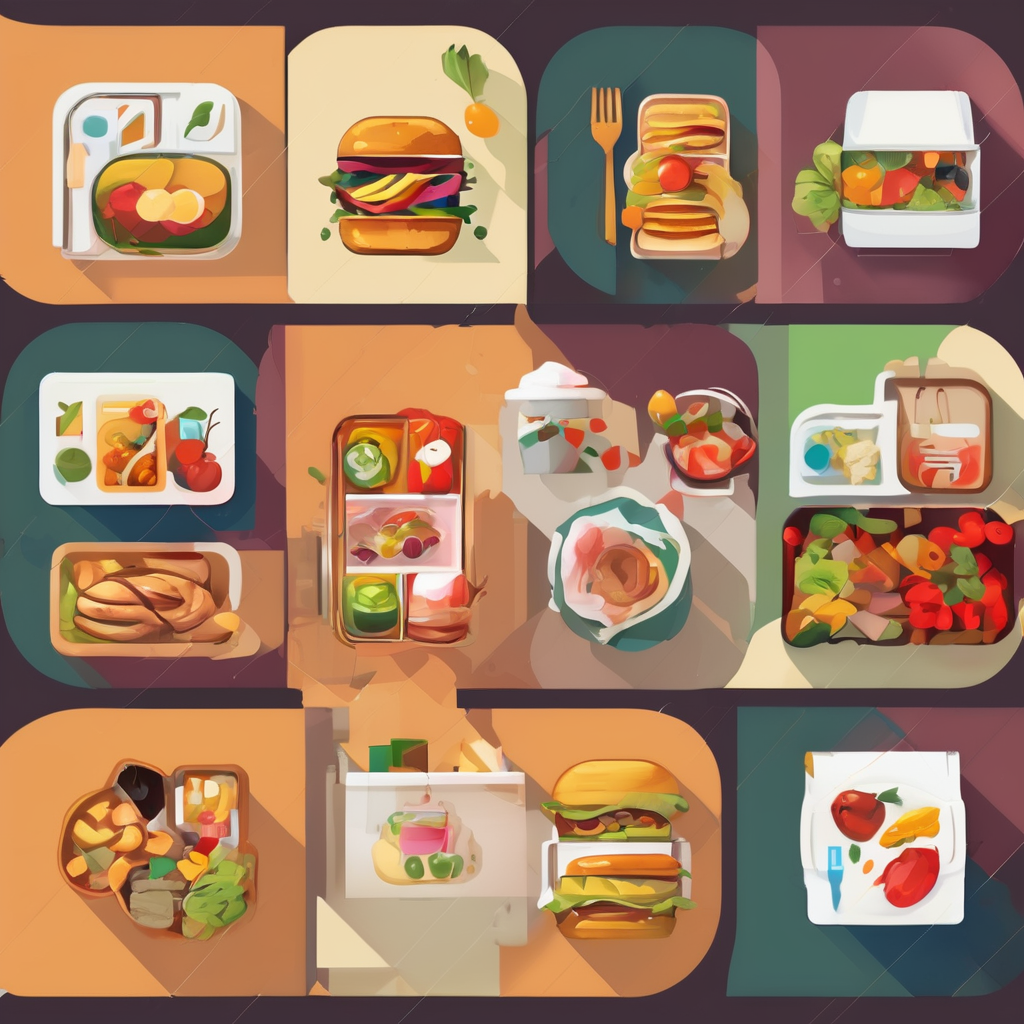Optimal Kitchen Layouts for Slim UK Spaces
When considering slim kitchen layouts in the UK, the galley kitchen, L-shaped kitchen, and single-wall designs are the most effective. The galley kitchen, with two parallel runs of units, optimises narrow spaces by providing efficient workflow and minimal foot traffic interference. Its compact nature supports quick kitchen tasks, and when paired with good lighting, it feels less claustrophobic.
The L-shaped kitchen excels in corner spaces, offering flexibility in layout and more countertop area compared to galley kitchens. This format allows for distinct work zones and can accommodate larger appliances without crowding. However, it requires sufficient width to prevent congestion.
Also to see : How Can You Optimize Space in a UK Kitchen for Maximum Functionality?
Single-wall kitchens suit extremely confined layouts—fitting all appliances and work surfaces along one wall. While space-saving, this limits countertop and storage room, demanding clever design solutions to maximise every inch.
In UK homes with slim kitchens, combining these layouts with precise measurements is essential. For example, a narrow galley kitchen around 7-8 feet wide allows two people to work comfortably. Meanwhile, L-shaped kitchens thrive in slightly less confined spaces, optimally using UK kitchen dimensions while enhancing functionality in narrow quarters.
Also read : What are the top trends for slim kitchen designs in the UK?
Maximising Space and Efficiency
Achieving an efficient kitchen design in slim UK kitchens revolves around creating a functional work triangle—ideally linking the sink, stove, and fridge. In narrow spaces, this triangle should minimise walking distances without crowding. For example, fitting these elements along a galley kitchen’s parallel units or within an L-shaped layout’s arms can streamline workflow effectively.
To maximise space-saving in slim kitchens, consider multipurpose furniture such as fold-down tables or island units with storage underneath. Installing shallow base and wall units also frees up floor space while providing sufficient storage. These solutions are especially valuable given typical UK kitchen dimensions, which often restrict deep cabinetry.
Adapting layouts to common narrow UK kitchen shapes includes extending countertops above slimline appliances where possible. This not only optimises surface area but maintains smooth kitchen workflow. Choosing compact, integrated features ensures one doesn’t sacrifice usability for space.
Practical space-saving tips for slim kitchens also involve keeping pathways clear and using corners wisely, for instance, with rotating shelves or pull-out pantry units. Overall, these methods help transform limited kitchen footings into highly functional cooking areas.
Optimal Kitchen Layouts for Slim UK Spaces
Choosing the best kitchen layout for narrow UK kitchens hinges on understanding how each design fits practical needs. The galley kitchen remains a top choice for slim spaces, offering two parallel runs that maximise work surfaces and storage without wasting width. This layout promotes a smooth kitchen workflow by positioning appliances and prep zones opposite each other, ideal when the kitchen width ranges between 7 and 8 feet.
The L-shaped kitchen offers versatility, especially in slightly wider rooms. It creates distinct zones by wrapping units around two adjoining walls, accommodating larger appliances and providing corner storage opportunities that galley kitchens lack. However, it requires careful measurement; cramped L-shapes can hinder movement and reduce counter space efficiency.
Single-wall kitchens, while less popular for narrow UK spaces, work well when depth is more generous than width. This layout streamlines everything along one wall, freeing up floor space for dining or entryways but limits countertop areas.
In practical UK homes, combining these layouts with tailored cabinet sizes and appliance placements results in kitchens that feel spacious despite slim dimensions. Understanding these trade-offs helps homeowners prioritise functionality without sacrificing style.
Optimal Kitchen Layouts for Slim UK Spaces
When selecting the best kitchen layout for narrow UK kitchens, understanding the nuances of each design is key. The galley kitchen is ideal for its efficient use of slim spaces, featuring two parallel runs that maximise work surfaces while maintaining a clear workflow. Its symmetry supports straightforward meal prep, especially in kitchens around 7-8 feet wide.
The L-shaped kitchen adapts well to slightly larger slim spaces by utilising corner walls, offering more countertop area and storage. This layout fosters separate work zones but must balance appliance size and movement space to avoid congestion.
While single-wall kitchens are less common in narrow UK homes, they serve well where width is highly restricted. This layout conserves floor space, allowing for dining or entryways but limits countertop space, requiring careful appliance and cabinet choice.
Real-world examples show combining these layouts with customised cabinet depth and clever slim kitchen layouts can transform compact kitchens. For instance, UK homeowners often blend galley and L-shaped features to suit their unique dimensions, achieving both practicality and style in tight spaces.
Optimal Kitchen Layouts for Slim UK Spaces
In slim UK kitchens, choosing the best kitchen layout for narrow UK kitchens depends on balancing workspace, storage, and movement. The galley kitchen excels by placing two parallel runs of cupboards and appliances, maximising prep surfaces while facilitating smooth kitchen workflow. This layout works best in kitchens roughly 7 to 8 feet wide, allowing two users to move comfortably.
Meanwhile, the L-shaped kitchen suits slightly wider rooms by wrapping along two walls. It offers enhanced countertop area and corner storage that galley kitchens lack. However, if the space is too narrow, congestion around corners and large appliances can hinder usability. That’s why precise measurement and tailored unit sizes are essential here.
Single-wall kitchens, though less common, serve well in extremely narrow settings where width constraints prevent parallel units. They free floor space but limit work surfaces and require compact kitchen appliances and clever cabinet designs.
Real-world UK homes often adapt these layouts by combining features—such as integrating a slimline galley with an L-shape’s corner storage—to achieve practical, stylish slim kitchen layouts. The key lies in utilising custom cabinets and optimally placing appliances to maintain functionality without overcrowding.

